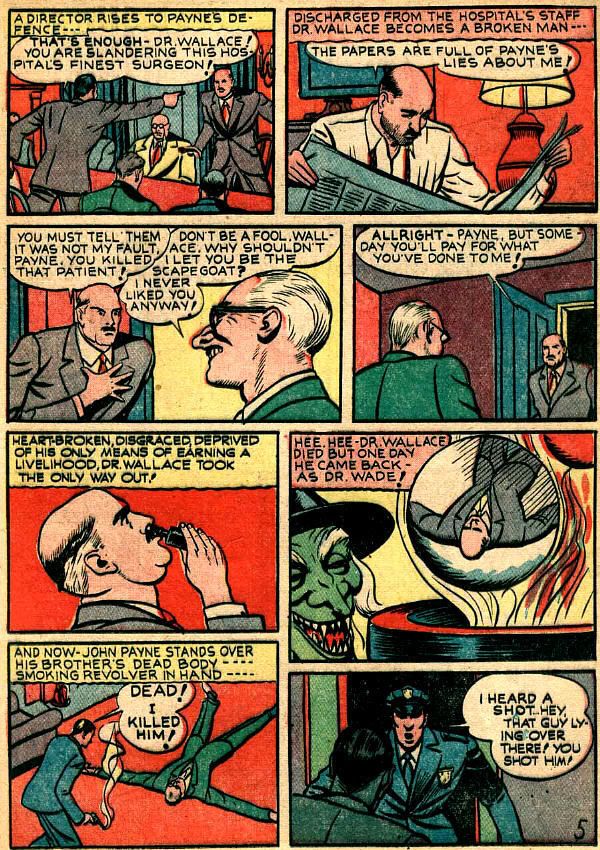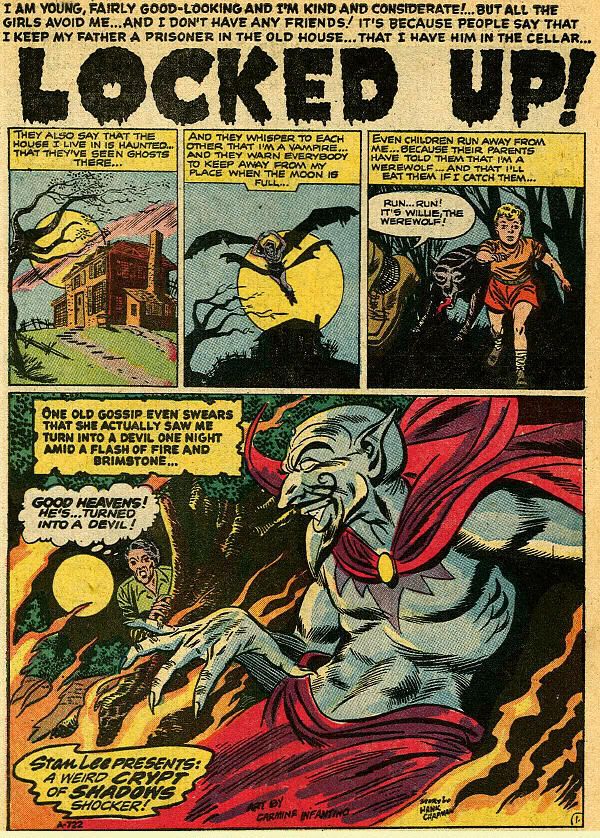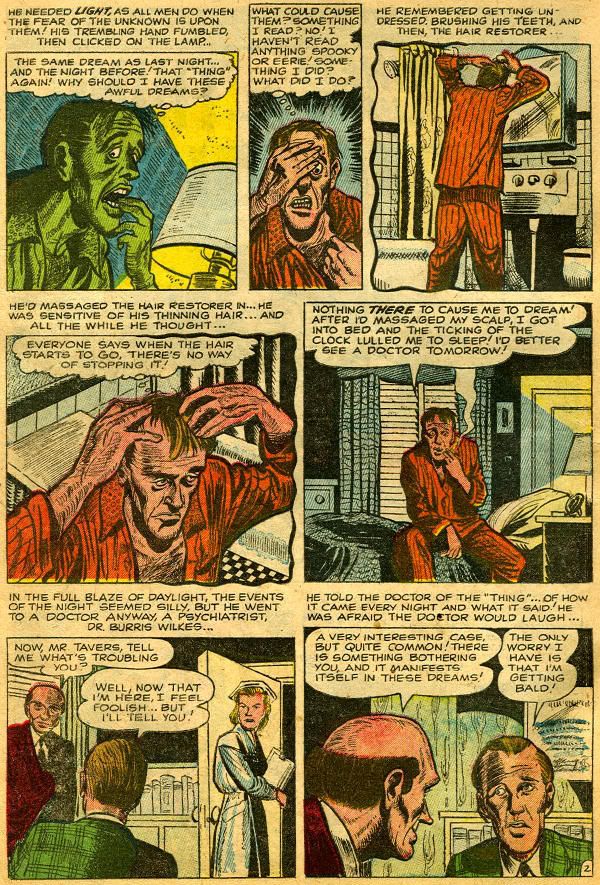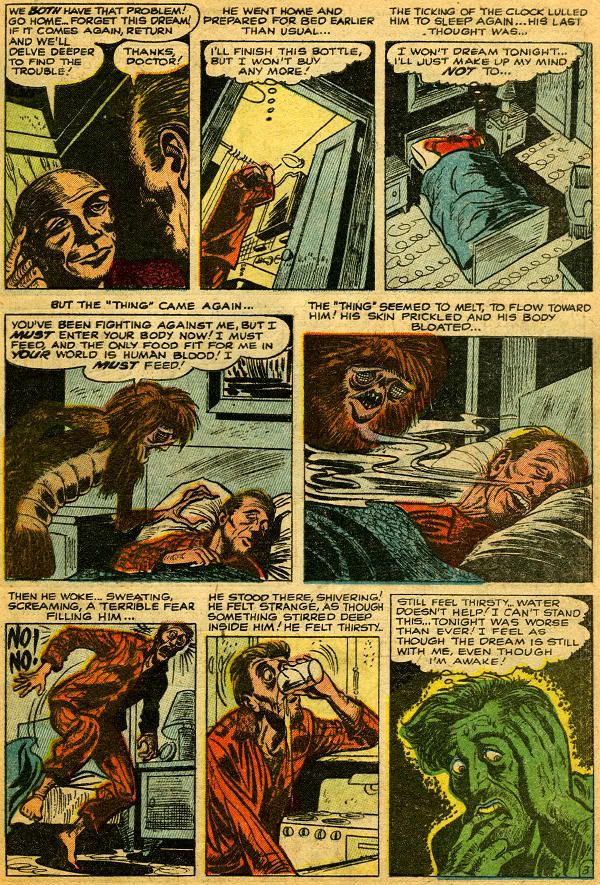 Number 206
Number 206
Grass Green's American Man
There were a few superstars in comics fandom, circa the early 1960s. Richard "Grass" (for "Grasshoppa") Green was one of the top fan artists of the day. After being discharged from military service, he lived with fellow artist, Ronn Foss, and Ronn's then-wife, Myra, in Northern California. I don't think the arrangement lasted long, maybe less than a year. In that time they were known as Triad, and took over publishing The Comicollector and Alter Ego from founder Jerry Bails.
Grass and Ronn had gone to high school together in the 1950s, and were budding artists of their time. In his fan art, Ronn seemed more influenced by Joe Kubert, and Grass by Jack Kirby. Grass told me years later in a letter he wanted to be the "black Jack Kirby." He had sporadic success over the years, but he never achieved what I believe he wanted. Grass had the talent, but at the time he and Ronn tried to break into pro comics in the 1960s, the comic book industry was a closed shop. There was enough work to keep the established artists busy, but newcomers just didn't have a chance. Later on when the field opened up and older artists retired Grass and Ronn's styles were superseded by a new generation of artists.
Grass was African-American. In a moment of candor, he told me he had been discriminated against by comic book editors. I have no way of knowing if that's true. Over the years many African-American artists have worked in comics, and some have been extremely successful, but in retrospect, during the time of the early 1960s the comics do appear to have been a white man's industry.
Grass Green did some pro comics, some underground comix, some self-published comics. He kept himself busy over the years with his appealing art style and had the advantage of a great sense of humor, which made his work a lot of fun to read.
"American Man" appeared in The Comicollector #7, dated September, 1962. It's printed by an old-fashioned spirit duplicator, just like the tests and worksheets our teachers handed out in school. It required drawing same-size on a stencil. This particular strip was redrawn from a story he had done during his high school days. It's Kirby-styled, influenced by Grass' favorite, Fighting American. If you'll notice, the hero, whose real name is Buff Freedom (!) has two kid sidekicks, one of whom is African-American. Both of the boys are artists doing comic strips for a magazine. Ronn and Grass?
I scanned this from its source over a year ago and had to bump up the contrast to make it readable. The bumping brought out a horizontal line, the fold of the fanzine when it went through the mail. I tried some ways to get rid of the line. In looking at it recently I thought it gave it more of the feel of how it looked to me when I read it originally over 45 years ago. There is a funky charm to those old crummy-looking dittoed fanzines, and this is a good example of their appeal.
Grass Green died of cancer in 2002 at age 63. His lifelong friend, Ronn Foss, preceded him in death by six months.
Page 1 / Page 2 / Page 3 / Page 4 / Page 5 / Page 6 / Page 7



















































